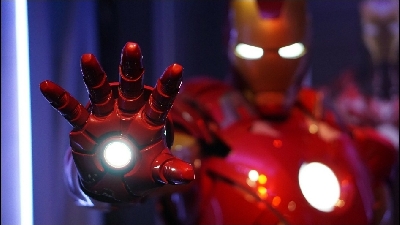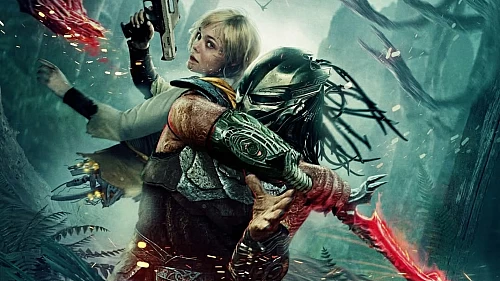This post was published by a guest. The views expressed are those of the author and do not necessarily reflect the views of Scified.com.
Growing up on Marvel comics, I used to be obsessed with masks. Spider-Man’s stretchy red hood was basically the holy grail of cool. But as the Marvel Cinematic Universe (MCU) exploded into a multibillion-dollar juggernaut, I started noticing something: Marvel has a thing about showing faces.
If you’ve watched even a handful of MCU movies, you’ve probably caught on to this trend: the dramatic mask removal. Tony Stark lifts his faceplate. Peter Parker yanks off his mask at just the wrong time. Black Panther deactivates his helmet mid-sentence like it’s a Bluetooth headset.
Honestly, sometimes it feels like the most dangerous thing in a Marvel movie isn’t the villain but the heroes’ complete disregard for secret identities.
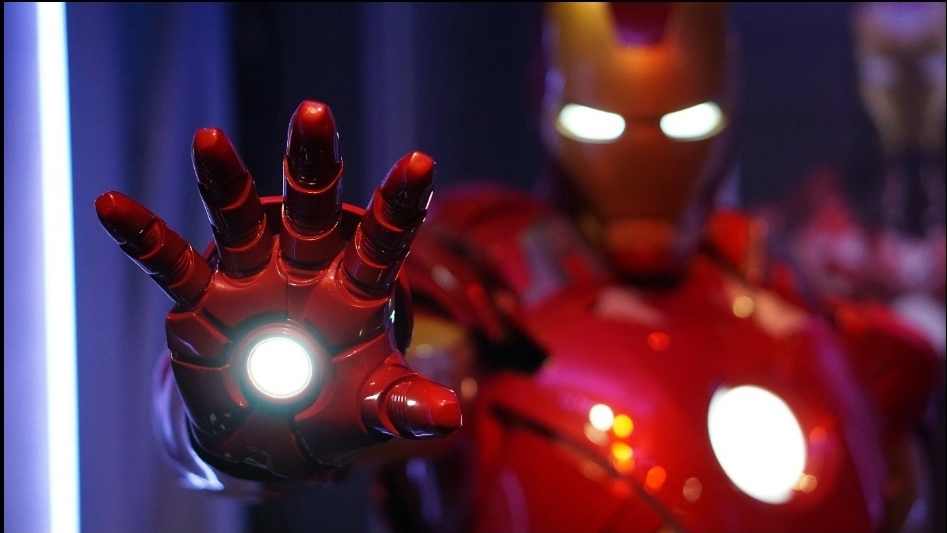
[Source: Unsplash]
Why the Obsession with Taking Masks Off?
From a purely cinematic perspective, I kind of get it. These are actors who get paid tens of millions of dollars per film.
You’re not going to put Robert Downey Jr. in a tin can the whole time and deprive audiences of that perfect goatee. Same with Tom Holland, Chadwick Boseman, or Oscar Isaac. In many ways, they’re the faces that sell tickets.
But there’s something more to it than just marketing, I think.
Marvel seems to be leaning into the idea that masks are meant to be peeled back, serving more as symbols than shields. The mask might be what gives the hero their mystique, but it's the face underneath that gives them their humanity.
And that, I think, is where Marvel differs from other superhero franchises, especially DC. Bruce Wayne and Batman are basically two separate characters. Same deal with Clark Kent and Superman. But in Marvel’s world, the line between the person and the persona is a lot blurrier.
Case Study: Spider-Man’s Identity Crisis
Let’s take Spider-Man — arguably the most iconic masked hero in Marvel’s lineup. In the comics, Peter Parker guards his identity with a level of paranoia usually reserved for CIA agents. It’s central to his story. He wants to protect Aunt May, MJ, his classmates, and even Flash Thompson.
But in the MCU, that mask stays on for maybe twenty minutes before it’s ripped off in battle, recognized by a friend, or voluntarily removed. It’s no wonder that by Spider-Man: No Way Home, everyone in the multiverse knows he’s Peter Parker.
Does that make for bad storytelling? Not necessarily. In fact, the more Marvel leans into unmasking, the more emotionally raw things seem to get. When Peter’s identity is exposed, the story gets higher stakes, more heartache, and more realism.
The MCU’s approach basically says: “Screw the mystery. Let’s see the human cost of being a hero.” And yeah… that hits different.
Masks as Symbols, Not Secrets
Across the Marvel Universe, masks serve all sorts of symbolic roles.
The helmet is Tony Stark’s attempt at control — a way to fix the messes he made with his own brilliance. But he never hides who he is. In fact, he straight-up tells the world: “I am Iron Man.” That line alone flipped decades of secret identity tropes on their head.
T’Challa’s mask is tradition and legacy. An ancestral symbol of royalty, protection, and strength. When he takes it off, he’s connecting to his people on a human level.
Moon Knight, though, is particularly interesting. His mask is his identity. Or one of them, anyway. Marc Spector, Steven Grant, and Jake Lockley all share one body and one supernatural suit of armor. His mask is the glue barely holding things together.
The more I think about it, the more I realize how layered the symbolism is. And if you want to dive deeper into that idea across the Marvel Universe, especially in the comics and animated works, there’s a rich legacy of Marvel's masked characters that shows just how far this trope goes.
Pros and Cons of the Unmasking Trend
There’s a valid argument to be made that MCU films unmask their characters too often. It takes away the tension, the intrigue, and frankly, the fun of a double life. There’s something thrilling about a hero who has to juggle a secret identity while saving the world and making it to dinner on time.
But on the flip side, revealing their faces lets us get closer. We see their fear, their confusion, their doubt. We stop seeing gods and start seeing flawed humans trying to do the right thing with unimaginable power. And maybe that’s what Marvel wants to show us.
To me, the best moments in Marvel films aren’t when the masks are on. They’re the quiet, barefaced scenes — Peter mourning May, Tony shaking before the final snap, Wanda watching her family fade. Those are the scenes that make you feel something.
Will the Next Phase Bring the Masks Back?
We’re now in the age of multiverses, timelines, and variants.
Some characters, like Daredevil, are making their way back into the spotlight — and he’s a classic masked vigilante who very much needs his secret identity. Others, like Deadpool, wear masks because their faces are too messed up to do otherwise.
It’ll be interesting to see whether Marvel swings the pendulum back toward secrecy and disguise in the upcoming phases, especially with new characters being introduced.
Part of me hopes they do. Don’t get me wrong, I love a good emotional reveal, but there’s still something undeniably cool and narratively useful about not knowing who’s under the mask.
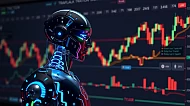
How Poor Timing Can Ruin Even the Best Forex Trading Strategies
Forex trading depends on timing. Even the strongest strategy can fail when trades occur at the wrong hour. Each session moves with its own rhythm. The...

Loans for Delinquent Borrowers: Yes, You Still Have Options
Financial setbacks can derail even the most responsible individuals. Missed payments, fluctuating income, unexpected emergencies, or accumulated debt ...
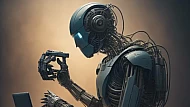
Overseas Gift Lending Account: A Smart Choice for Cross-Border Support
In an era defined by globalization and digital connectivity, the concept of an Overseas Gift Lending Account has emerged as a vital financial tool for...
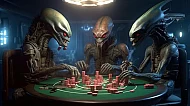
Top Player Poker Money Prize: The Ultimate Guide to Record-Breaking Winnings
In the world of high-stakes gaming, top player poker money prizes represent far more than just impressive dollar amounts—they symbolize mastery,...
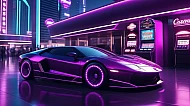
5 Best Pennsylvania Casino Apps for Real Money in 2025
Mobile gaming has completely transformed downtime. Pennsylvania casino apps let you play slots, hit the blackjack tables, or spin roulette w...

